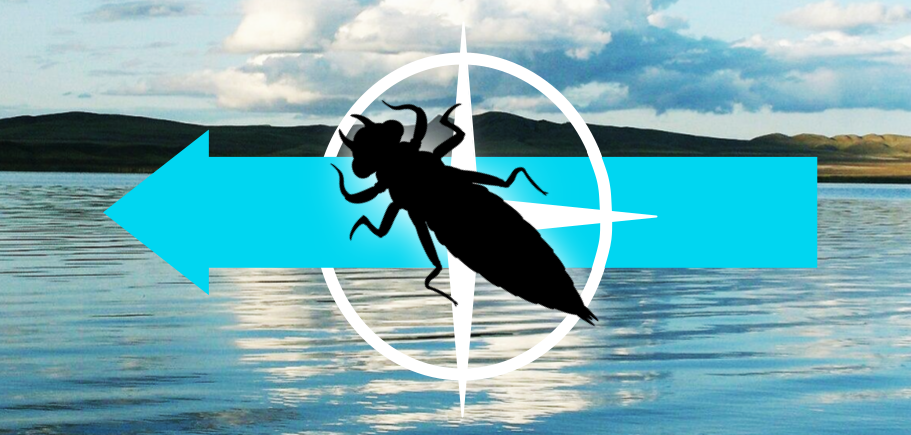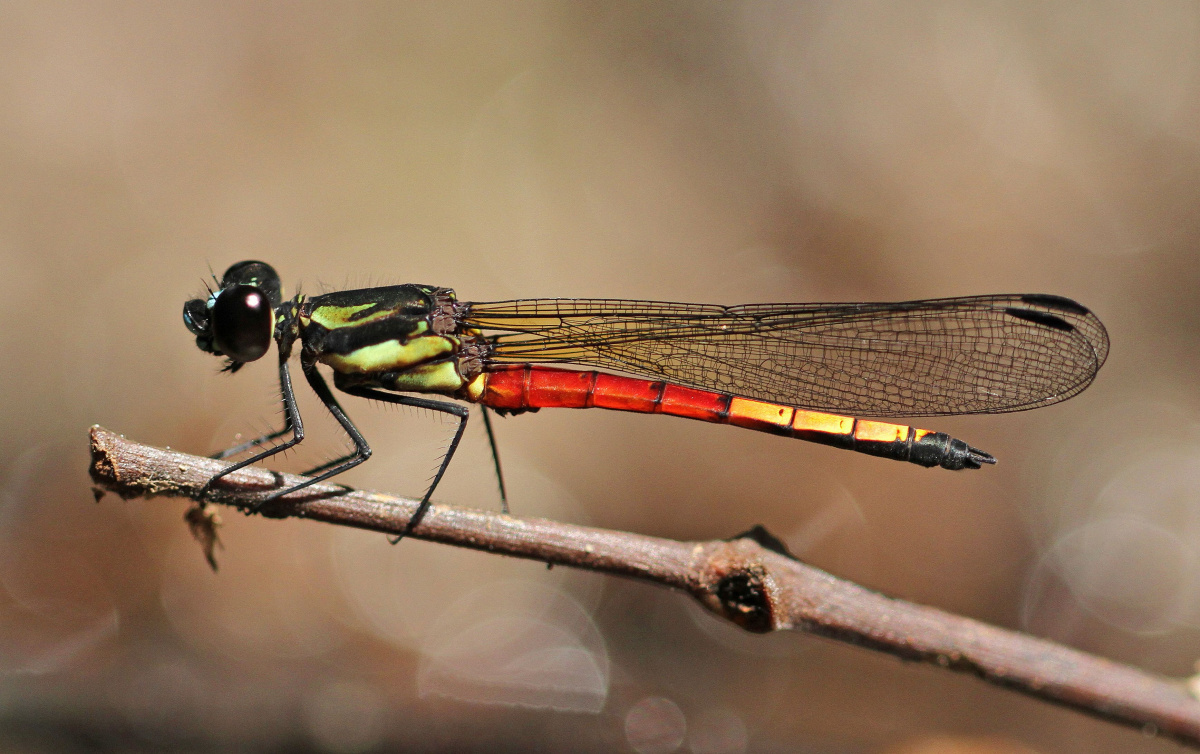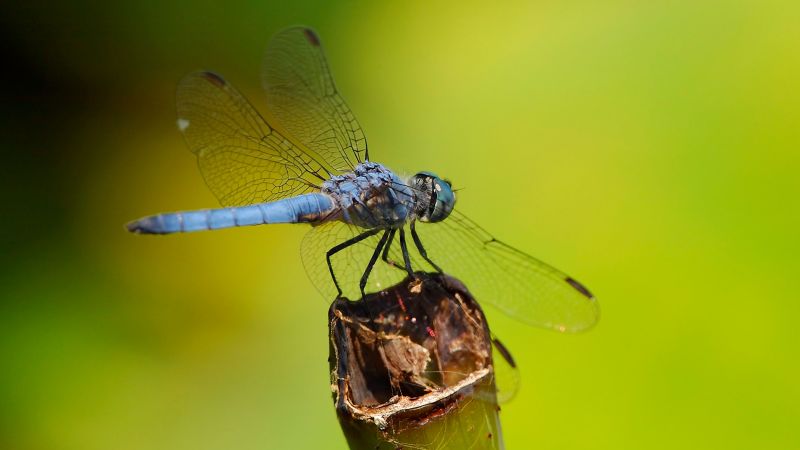The Stonefly Equivalent of Stillwater
Everybody loves stoneflies, but what about big bugs in stillwater?

To start, most stoneflies don’t live in lakes. But there is another commonly overlooked lake insect that shares striking similarities to stoneflies. I won’t hold you in suspense, I’m talking about dragonflies.
- Both grow to large size, hook size #6 and above
- Dragonfly nymphs are predatory much like golden stoneflies
- Both spend multiple years in the nymphal stage, making multiple size classes available to trout year round
- Molt up to 15 times, lightening colors briefly after each molt

Types of Dragonflies
Despite thousands of unique species, most dragonfly nymphs fall into two main behavioral categories:
1. Climbers
- Live in vegetation along the bottom or in weedy areas
- More sedentary and ambush predators
- Found in weed beds, bulrushes, cattails
2. Crawlers
- Roam along muddy or silty bottoms, especially near drop-offs
- More active hunters that use jet propulsion (expelling water from their abdomen)
- Most accessible types to fish — and the one anglers should imitate most often
Tactics
Even though they are predatory, dragonflies can only move quickly in short bursts, mostly they slowly prowl around weed beds, and drop offs. Slow hand twist retrieves interspersed with infrequent fast bursts mimics dragonfly movement.
Fish dragonfly nymphs between hatches for opportunistic cruisers, spring to fall. Target shallower water in spring and early summer before mature dragonfly nymphs crawl to bank-side vegetation and emerge. During summer you may want to fish deeper closer to cooler water. Fall offers good opportunities as most hatches dissipate.
Takes are exciting, and yet fishing these nymphs is overlooked - especially in our past stillwater ventures. But much like fishing a stonefly nymph on a freestone, if dragonflies are in the lake, they’re available for trout. Anytime you think about stripping leeches, also consider dragonfly nymphs.
Flies
Like stoneflies, dragonfly nymphs are cool flies to tie. Their large size allows tiers to get creative. Fish floating dragonfly patterns on sinking lines to keep you suspended above weeds, or weighted dragonflies on floating or intermediate lines.
Carey Special
Sheep Creek Special
Olive Willy
Guinea Dragon
Drag(on) Queen
Conservation and Science
Again similar to stoneflies in rivers, dragonflies (and damselflies) are indicator species for ecosystem health in lakes/ponds. Loss of habitat, pollution, and increased temperatures will affect dragonflies and damselflies more than other lake insects like chironomids.
The International Union for the Conservation of Nature (IUCN) lists 16% of 6,016 dragonfly species at risk of extinction, as their freshwater breeding grounds increasingly deteriorate.

Scientist have recently discovered that dark mating colorations on male dragonflies are becoming less common. Used to attract females, the added heat on darker wings can cause damage, resulting in more adult male dragonflies with lighter wings. This suggests dragonflies found in warmer environments are adapted to warmer temperatures by evolving less melanin on their wing patterns. Evolution, unfolding in real-time.




